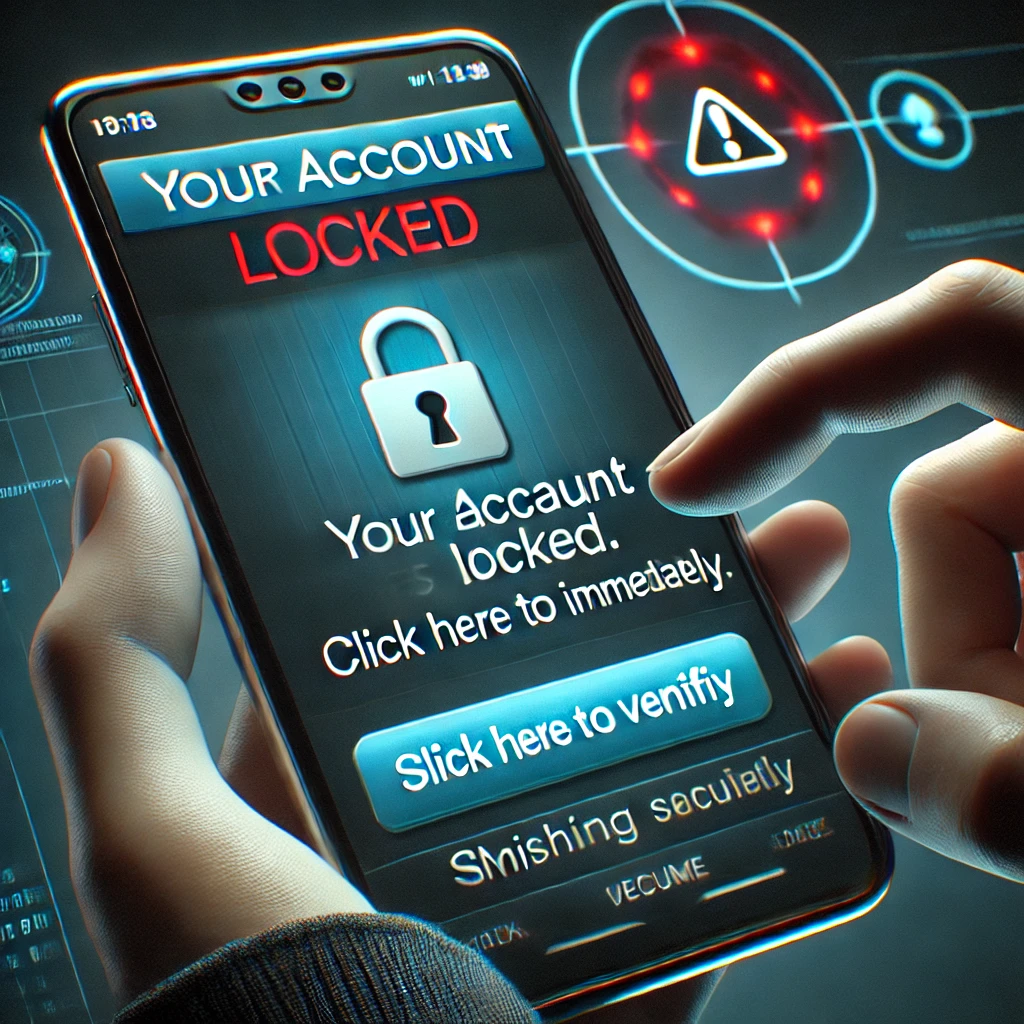Physical Address
304 North Cardinal St.
Dorchester Center, MA 02124
Physical Address
304 North Cardinal St.
Dorchester Center, MA 02124

Smishing, a combination of “SMS” and “phishing,” is a sophisticated cybercrime that uses fraudulent text messages to steal personal information. As mobile usage continues to rise globally, so does the prevalence of smishing attacks, making it an urgent concern for individuals and businesses alike.
This comprehensive guide explores the nature of smishing, why it is effective, how it differs from traditional phishing, common attack methods, and best practices for protection.
Smishing, or SMS phishing, is a cyberattack where scammers send deceptive text messages pretending to be from trusted sources, such as banks, government agencies, or popular companies. These messages often create a sense of urgency, tricking individuals into clicking malicious links or providing personal data like credit card numbers, social security numbers, or login credentials.
Unlike email phishing, smishing takes advantage of the high trust people place in SMS messages. According to Gartner, 98% of text messages are opened, and 45% receive responses, making them an attractive avenue for cybercriminals.
With over 3.5 billion smartphone users worldwide, smishing poses a significant cybersecurity threat. Mobile devices often lack robust security measures found in traditional computing environments, making them more vulnerable to attacks. Furthermore, users are less suspicious of texts than emails, making smishing an effective tactic for hackers.
Attackers send a text message pretending to be a trusted organization, such as a bank or service provider.
The message typically contains alarming content, such as:
Victims are often directed to a fake website mimicking a legitimate one, where they are prompted to enter personal information. Some scams also ask users to call a fake customer service number, where scammers manipulate them into providing sensitive data.
Once victims input their information, attackers use it for financial fraud, identity theft, or other malicious activities. Some links may also install malware on the device, granting cybercriminals access to private data.
Smishing attacks take various forms, often adapting to current events or widely recognized organizations. Here are the most common tactics:
Attackers pose as financial institutions, claiming urgent action is needed to prevent unauthorized transactions.
Fake messages alert users to suspicious activity on their accounts, prompting them to call a fraudulent support line.
Victims receive notifications that their account will be suspended unless they verify personal information immediately.
Scammers exploit the popularity of online shopping by sending fake delivery notifications with malicious tracking links.
Messages claim the recipient has won a prize but must provide details or pay a fee to claim it.
Fraudsters use emotional appeals, particularly after natural disasters or crises, to solicit donations to fake charities.
Links in messages lead to harmful websites that install spyware or ransomware on victims’ devices.
Being able to identify smishing attempts is crucial in preventing data breaches. Here are key warning signs:
Always verify links independently by going directly to the company’s website.
Even replying “STOP” can confirm your number is active, increasing future scam attempts.
If a bank or company contacts you via text, call their official customer service number to confirm the request.
Even if your credentials are stolen, 2FA can prevent unauthorized account access.
Install security software that detects phishing attacks and blocks malicious websites.
Forward suspected smishing messages to 7726 (SPAM) in the U.S. or report them to the FTC (Federal Trade Commission).
If you suspect you’ve been targeted by a smishing attack, take these steps immediately:
Smishing is a rapidly evolving cybersecurity threat that exploits the trust people place in text messages. By understanding its methods, recognizing red flags, and implementing best practices for security, individuals and businesses can reduce the risk of falling victim to these scams.
As mobile usage continues to grow, so does the importance of awareness and education in combating smishing attacks. Always verify messages independently, avoid clicking on suspicious links, and report any suspected fraud to protect yourself and others from this rising cyber threat.